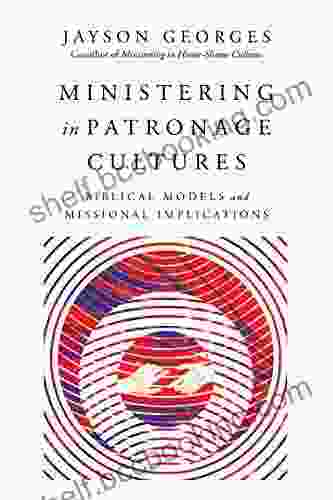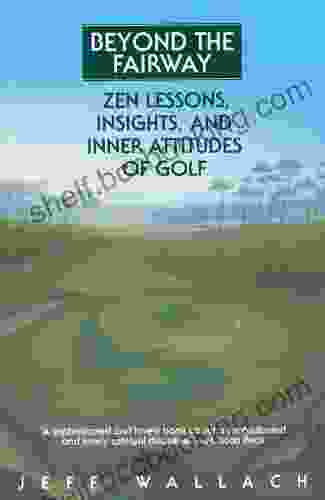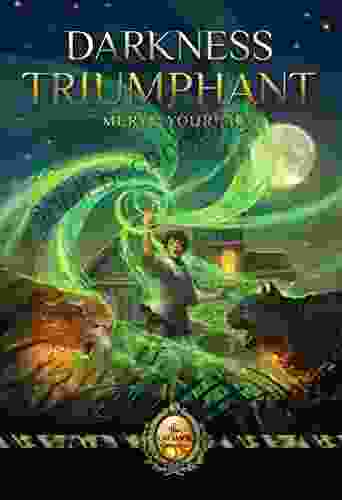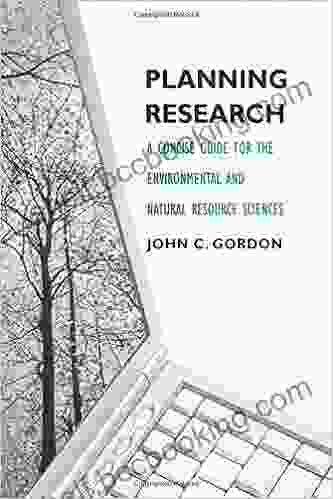Concise Guide For The Environmental And Natural Resource Sciences

Environmental and natural resource sciences encompass a vast and complex field of study that seeks to understand the intricate web of interactions between human societies and the environment. These sciences explore the fundamental principles governing the Earth's systems, including its atmosphere, hydrosphere, lithosphere, and biosphere, and how human activities impact these systems.
This comprehensive guide provides a concise overview of the key concepts and principles that underpin environmental and natural resource sciences. It is designed to equip readers with a solid foundation in this dynamic and interdisciplinary field, fostering an understanding of the challenges and opportunities facing our planet.
4.6 out of 5
| Language | : | English |
| File size | : | 821 KB |
| Text-to-Speech | : | Enabled |
| Word Wise | : | Enabled |
| Screen Reader | : | Supported |
| Print length | : | 110 pages |
Key Concepts
- Ecosystems and Biodiversity: Ecosystems are dynamic communities of living organisms and their physical environment. Biodiversity, the variety of life on Earth, is essential for the functioning and stability of ecosystems.
- Energy and Matter Cycling: Energy flows through ecosystems, driving biological processes and nutrient cycling. Matter, such as carbon, nitrogen, and water, is continually transformed and recycled within ecosystems.
- Climate and Climate Change: Climate, the long-term average of weather conditions, is influenced by complex interactions between the atmosphere, oceans, and land. Climate change refers to significant and sustained changes in climate patterns, primarily driven by human activities.
- Pollution and Environmental Health: Pollution in its various forms (air, water, soil, noise) poses significant risks to human health and the environment. Understanding and mitigating the impacts of pollution is crucial for public health and environmental protection.
- Conservation Biology and Sustainability: Conservation biology focuses on the preservation and management of biodiversity and natural resources. Sustainability involves meeting the needs of the present without compromising the ability of future generations to meet their own needs.
Environmental Policy and Resource Management
Environmental policy and resource management play a critical role in addressing environmental challenges and ensuring the sustainable use of natural resources. Key aspects include:
- Environmental Law and Regulation: Laws and regulations establish frameworks for protecting the environment and managing natural resources.
- International Environmental Agreements: Global cooperation and agreements are essential for addressing transboundary environmental issues such as climate change and biodiversity loss.
- Natural Resource Management: Sustainable management practices aim to ensure the availability and quality of natural resources for present and future generations.
- Environmental Economics: Economic tools and principles are used to analyze environmental issues and develop policies that balance environmental protection with economic growth.
Emerging Issues and Challenges
Environmental and natural resource sciences are constantly evolving, with new challenges and opportunities emerging:
- Climate Adaptation and Mitigation: Climate change poses significant challenges. Adaptation measures seek to reduce vulnerability to climate impacts, while mitigation efforts aim to reduce greenhouse gas emissions.
- Renewable Energy and Energy Efficiency: Transitioning to renewable energy sources and improving energy efficiency are crucial for reducing carbon emissions and mitigating climate change.
- Circular Economy and Waste Reduction: Adopting circular economy principles and reducing waste generation are essential for sustainable resource use and pollution prevention.
- Environmental Justice and Equity: Environmental and natural resource issues often disproportionately impact marginalized communities. Environmental justice aims to address these inequities and ensure fair access to environmental benefits.
Environmental and natural resource sciences are vital to understanding and addressing the complex challenges facing our planet. This concise guide provides a comprehensive overview of the key concepts, principles, and emerging issues in this interdisciplinary field. By fostering a deeper understanding of these sciences, we can empower ourselves to make informed decisions and contribute to a more sustainable and equitable future.
4.6 out of 5
| Language | : | English |
| File size | : | 821 KB |
| Text-to-Speech | : | Enabled |
| Word Wise | : | Enabled |
| Screen Reader | : | Supported |
| Print length | : | 110 pages |
Do you want to contribute by writing guest posts on this blog?
Please contact us and send us a resume of previous articles that you have written.
 Book
Book Novel
Novel Page
Page Chapter
Chapter Text
Text Story
Story Genre
Genre Reader
Reader Library
Library Paperback
Paperback E-book
E-book Magazine
Magazine Newspaper
Newspaper Paragraph
Paragraph Sentence
Sentence Bookmark
Bookmark Shelf
Shelf Glossary
Glossary Bibliography
Bibliography Foreword
Foreword Preface
Preface Synopsis
Synopsis Annotation
Annotation Footnote
Footnote Manuscript
Manuscript Scroll
Scroll Codex
Codex Tome
Tome Bestseller
Bestseller Classics
Classics Library card
Library card Narrative
Narrative Biography
Biography Autobiography
Autobiography Memoir
Memoir Reference
Reference Encyclopedia
Encyclopedia Jay Revell
Jay Revell Jean Clottes
Jean Clottes Jenna Mccarthy
Jenna Mccarthy Janice Silverthorne Urban
Janice Silverthorne Urban Jane Stern
Jane Stern Prepper Living
Prepper Living Maggie Price
Maggie Price Jd Mader
Jd Mader Jean Fritz
Jean Fritz Joshua Kern
Joshua Kern Jeff Nichols
Jeff Nichols Janet Hong
Janet Hong Janice Cole
Janice Cole Janis Keyser
Janis Keyser Paula Derr
Paula Derr Rachel Bertsche
Rachel Bertsche Reed Mangels
Reed Mangels Jay Hoffman
Jay Hoffman Jarrett Melendez
Jarrett Melendez Jb Lynn
Jb Lynn
Light bulbAdvertise smarter! Our strategic ad space ensures maximum exposure. Reserve your spot today!

 Angelo WardPrepare for a Cracked Eggs-perience: 'Would You Rather For Kids Teens Adults...
Angelo WardPrepare for a Cracked Eggs-perience: 'Would You Rather For Kids Teens Adults...
 Michael SimmonsBiblical Models and Missional Implications: A Gateway to Transformative...
Michael SimmonsBiblical Models and Missional Implications: A Gateway to Transformative... Drew BellFollow ·10.8k
Drew BellFollow ·10.8k Tom ClancyFollow ·12.4k
Tom ClancyFollow ·12.4k Duncan CoxFollow ·16.4k
Duncan CoxFollow ·16.4k Alan TurnerFollow ·14.5k
Alan TurnerFollow ·14.5k Ervin BellFollow ·7.3k
Ervin BellFollow ·7.3k Dean CoxFollow ·11.1k
Dean CoxFollow ·11.1k Jeremy CookFollow ·3.8k
Jeremy CookFollow ·3.8k Jake CarterFollow ·14k
Jake CarterFollow ·14k

 Carlos Drummond
Carlos DrummondHow Companies Win the Mergers and Acquisitions Game:...
In today's...

 Craig Blair
Craig BlairMastering The Delicate Balance Between Power And Peace
In today's ever-evolving world, the interplay...

 Wade Cox
Wade CoxUnveiling the Zen of Golf: A Journey to Inner Mastery
: The Harmony of Mind,...

 Gerald Bell
Gerald BellDarkness Triumphant: Three of the Catmage Chronicles
Synopsis ...

 Henry James
Henry JamesDarkness Rising: One of the Catmage Chronicles
A Captivating Fantasy Adventure...
4.6 out of 5
| Language | : | English |
| File size | : | 821 KB |
| Text-to-Speech | : | Enabled |
| Word Wise | : | Enabled |
| Screen Reader | : | Supported |
| Print length | : | 110 pages |










